The pressure drop across a valve is related to the flow rate passing through it, i.e. the greater the flow rate the higher the pressure drop and the lower the flow rate the lower the pressure drop.
Manufacturers publish a Flow Coefficient value to allow the calculation of pressure drop based on flow rate.
For metric units, i.e. m3/hour and bar or l/s and kPa, the flow coefficient is Kv, whereas, for imperial units, i.e. gpm and PSI, it is Cv.
As l/s and kPa are most commonly used, we will concentrate on Kv and not Cv.
The formula for calculating pressure drop is:
Δp = (36Q/Kv)2
Where:
Δp = pressure drop (kPa)
Q = flow rate (l/s)
Kv = flow coefficient (no units)
Example of valve Pressure Drop :
A flow rate of 0.225l/s passes through a D921 ¾” DRV (Double regulating Valve), calculate the pressure drop when the valve is fully open (FO).
Look up Kv value for ¾” D921 (Fully Open)
(Check Manufacturers published Flow Coefficient value in Datasheet)
Kv = 3.61
Δp = (36 x Q / Kv)2
Δp = (36 x 0.225 /3.61)2
Δp = 2.2442
Δp = 5.035 kPa
Also Read: Valves Questions & Answers
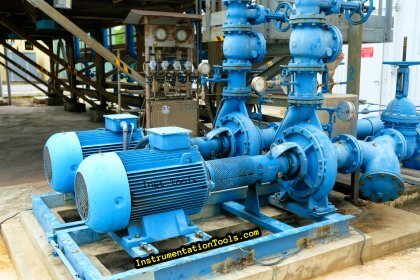
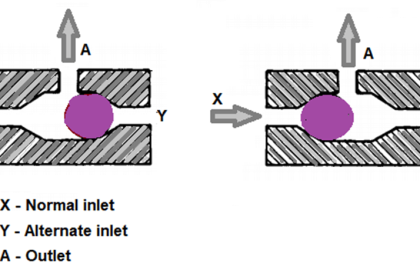
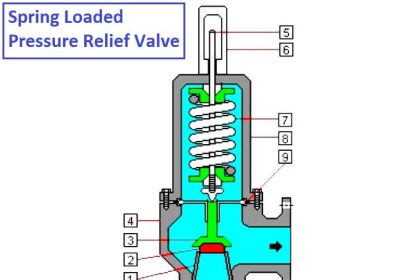

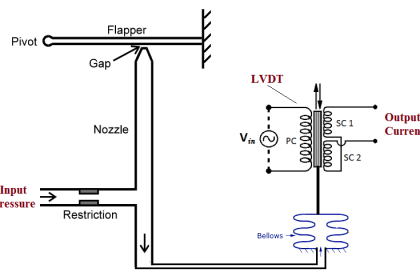

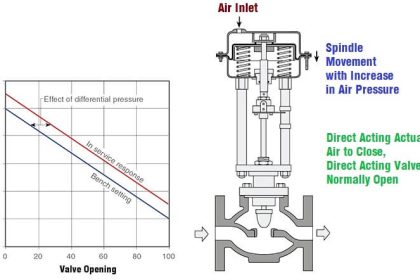
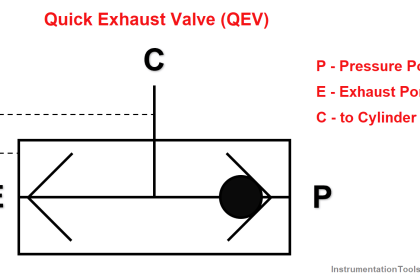
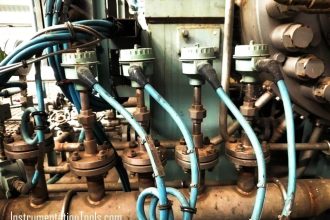
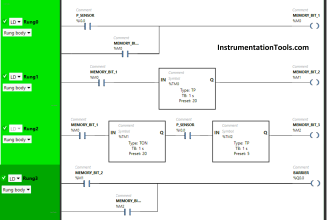

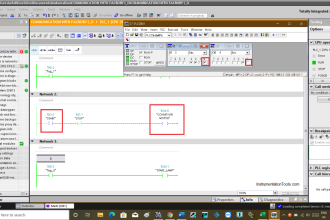
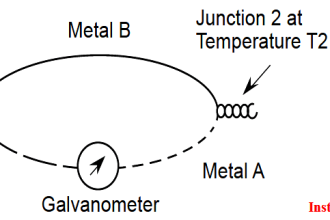
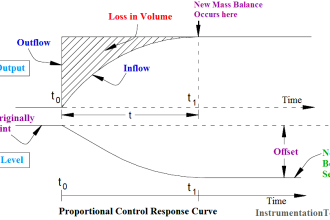
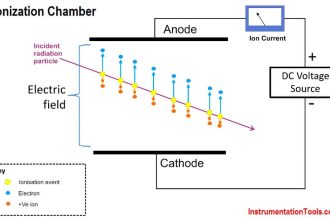
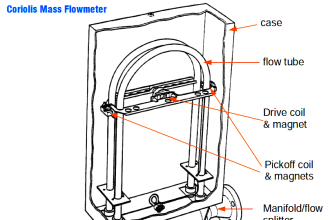

Excellent
Hi I have a question. I see that the lower the size of the valve the greater the pressure drop at a lower flow rate. Is there a reason behind this? Is it better to have a lower or higher-pressure drop?